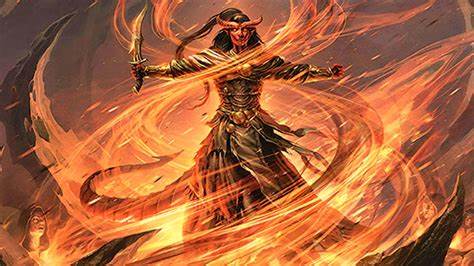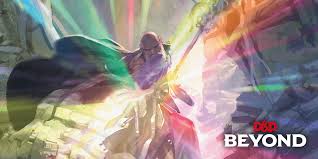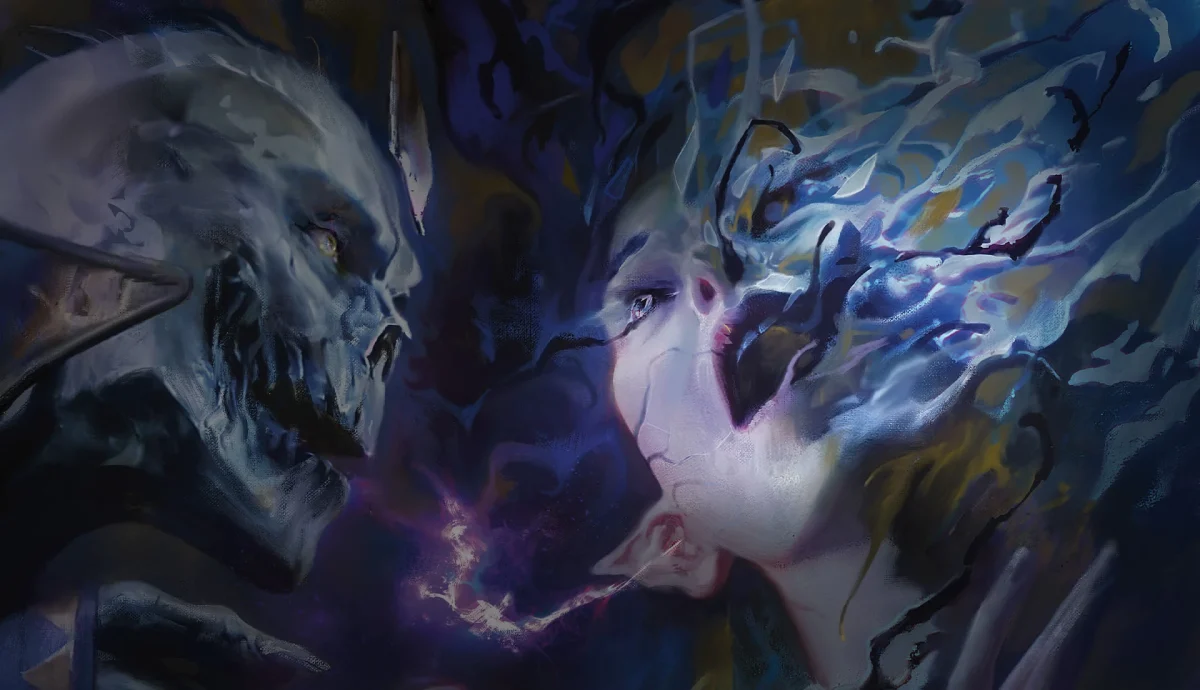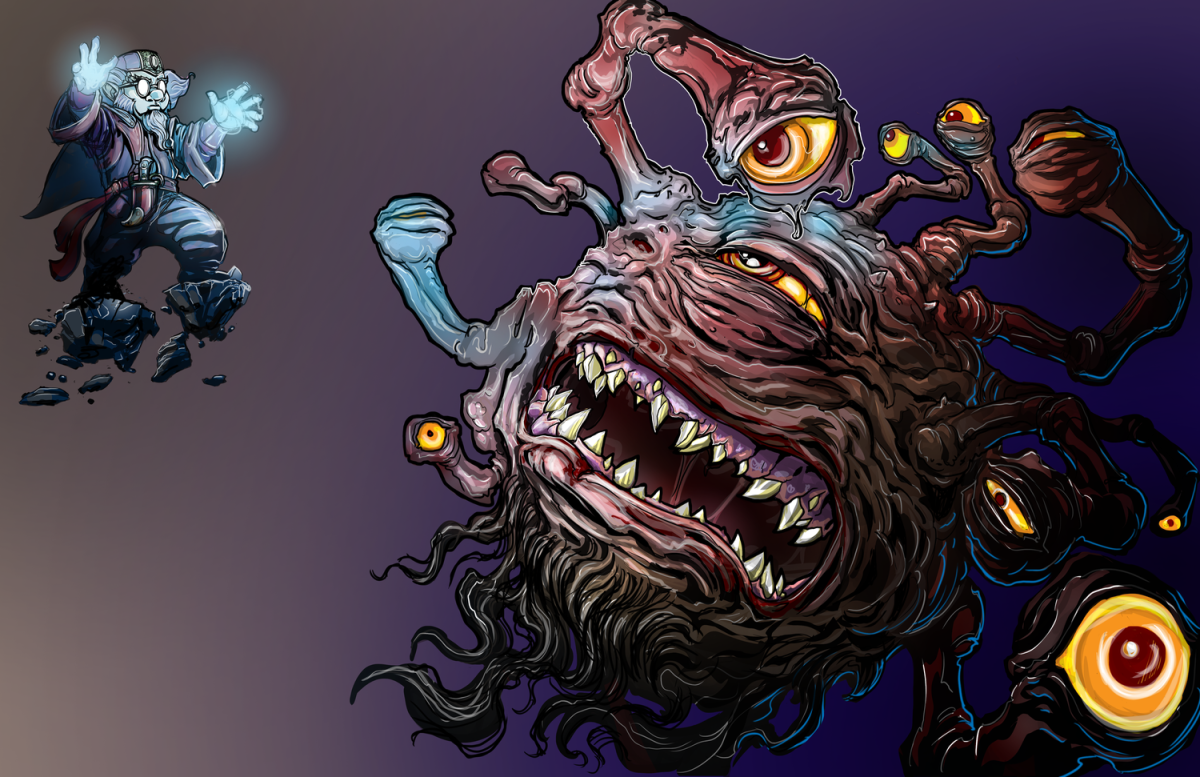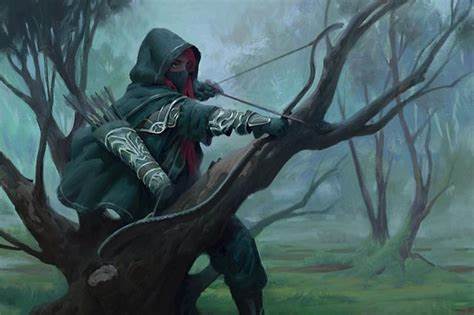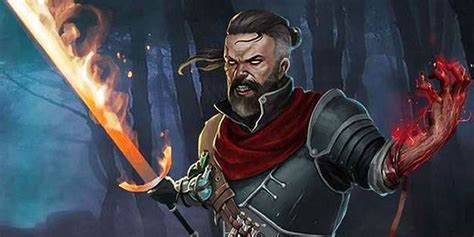The Warlock is one of the most unique and versatile spellcasters in Dungeons & Dragons 5th Edition (D&D 5E), known for their mysterious pacts with powerful entities. Whether you’re a seasoned player looking for a new challenge or a beginner drawn to the Warlock’s dark and arcane flavor, this guide will walk you through how to create and play one. (Note: this is for the 2014 rules and classes, not the most recent 2024 class.)
What is a Warlock in D&D 5E?
Warlocks are wielders of arcane magic granted to them by a supernatural being, referred to as their Patron. Unlike Wizards who study magic, or Sorcerers who are born with innate magical power, Warlocks make pacts with powerful otherworldly forces in exchange for magical abilities.
These patrons could be anything from a demon lord, an ancient fey creature, or even a forgotten god. The Warlock’s magic is tied directly to their relationship with their patron, and their abilities reflect that bond.
Step-by-Step Guide to Creating a Warlock
1. Choose Your Patron
At the heart of any Warlock character is their Otherworldly Patron, which determines the source of their magical power. In D&D 5E, the Player’s Handbook (PHB) and expansions like Xanathar’s Guide to Everything and Tasha’s Cauldron of Everything offer a variety of patrons, each providing different abilities:
- The Archfey: You’ve made a pact with a fey creature, granting you illusion magic and mind-altering abilities. Perfect for players who want to charm and manipulate.
- The Fiend: Your patron is a demon or devil, granting you destructive fire magic and the ability to gain temporary hit points when you defeat enemies.
- The Great Old One: Your patron is a mysterious, cosmic entity, like an elder god or creature from beyond time and space. This patron grants mind-bending psychic powers and telepathy.
- The Hexblade (Xanathar’s Guide): A pact with a sentient weapon or shadowy force. The Hexblade allows you to wield weapons with deadly precision, turning you into a combat-focused Warlock with access to devastating curses.
Choosing your patron is a key part of determining your Warlock’s backstory and personality. Why did they make the pact? What do they owe their patron? How do they feel about it?
2. Choose a Pact Boon
At 3rd level, all Warlocks choose a Pact Boon—a gift from their patron that provides unique abilities:
- Pact of the Chain: Grants you a familiar—an otherworldly creature like an imp, sprite, or pseudodragon that serves as a magical companion.
- Pact of the Blade: You can summon a magical weapon, becoming more effective in melee combat.
- Pact of the Tome: You receive a Book of Shadows, allowing you to learn additional spells, including cantrips from any class.
Each Pact Boon supports different playstyles. If you want to focus on summoning and control, Pact of the Chain is a great choice. If you’re leaning toward combat, Pact of the Blade gives you versatility on the battlefield.
3. Eldritch Invocations
One of the Warlock’s defining features is the ability to choose Eldritch Invocations—arcane secrets that enhance your abilities. These invocations provide various benefits and can be swapped out as you level up. Popular choices include:
- Agonizing Blast: Adds your Charisma modifier to the damage of Eldritch Blast, making it one of the most powerful cantrips in the game.
- Devil’s Sight: Allows you to see in magical and non-magical darkness, perfect for players who want to control the battlefield.
- Mask of Many Faces: Lets you cast Disguise Self at will, which is great for role-playing and deception.
With invocations, you can tailor your Warlock to focus on combat, spellcasting, utility, or trickery.
4. Choose Your Spells
Warlocks are limited in how many spells they can cast per short rest, but they make up for it with powerful spells and the ability to cast them at the highest level they know.
Key Warlock spells include:
- Eldritch Blast (Cantrip): The Warlock’s bread-and-butter ranged attack spell. With invocations like Agonizing Blast, it becomes one of the best damage-dealing cantrips in the game.
- Hex: A bonus action spell that allows you to curse a creature, dealing extra damage when you hit them and weakening one of their abilities.
- Armor of Agathys: A defensive spell that gives you temporary hit points and damages enemies who attack you.
- Darkness: Creates an area of magical darkness, which you can see through with the Devil’s Sight invocation.
Choose spells that complement your playstyle and patron. Warlocks have fewer spell slots than other spellcasters, but they regain them on a short rest, allowing them to stay effective throughout the day.
Playing Your Warlock
1. Role-Playing Your Patron Relationship
One of the most fun aspects of playing a Warlock is your relationship with your patron. Your patron is more than just a source of magic; they may have demands, goals, or even manipulate your character. Consider:
- Does your patron communicate with you directly? Through dreams, omens, or whispers in your mind?
- Are you a willing servant, or do you see your pact as a necessary evil?
- What does your patron want from you? Glory, souls, loyalty, or something more obscure?
Working with your Dungeon Master (DM), you can flesh out this relationship and allow it to shape your character’s decisions and story arc.
2. Combat Strategy
Warlocks are versatile in combat. Here are some tips for playing one effectively:
- Ranged Damage: Eldritch Blast is your go-to damage cantrip. Combine it with Hex to deal consistent damage at a distance.
- Control Spells: Spells like Hold Person and Counterspell give you great options for controlling the battlefield and shutting down enemy spellcasters.
- Melee Warlock: If you’ve chosen Pact of the Blade or are playing a Hexblade, don’t be afraid to get into melee combat. Use defensive spells like Armor of Agathys and Mirror Image to protect yourself while dishing out damage.
3. Short Rests Are Your Friend
Unlike other spellcasters who rely on long rests to regain spell slots, Warlocks regain their spell slots after a short rest. This allows you to be more liberal with your spell usage throughout the day. Encourage your party to take short rests after intense encounters to keep your magical power ready for the next fight.
Conclusion
Playing a Warlock in D&D 5E offers a great mix of role-playing depth and powerful mechanics. Whether you’re drawn to the mystery of making a dark pact or the tactical flexibility of the Warlock’s abilities, this class provides plenty of opportunities for creativity and customization. With the right balance of role-play and combat tactics, your Warlock can be one of the most intriguing and powerful characters in the party.
Now, grab your Book of Shadows, sharpen your Hexblade, and get ready to channel the arcane forces that lie beyond the mortal realm. The path of the Warlock awaits!

